Exploring Tislelizumab and Zolbetuximab: Immunotherapy and Targeted Options in Gastric Cancer
By Nataliya Uboha, MD, PhD, Zev Wainberg, MD, MSc, Suneel Kamath, MD, Sunnie Kim, MD - Last Updated: March 19, 2025A roundtable discussion, moderated by Nataliya Uboha, MD, PhD, discussed the current treatment considerations for gastric cancer, GEJC, and ESCC, as well as relevant clinical trial data from the 2025 American Society of Clinical Oncology Gastrointestinal Cancers Symposium. Dr. Uboha was joined by Zev Wainberg, MD, MSc; Suneel Kamath, MD; and Sunnie Kim, MD.
In the fourth segment of the roundtable series, the panel considers incorporating tislelizumab amid existing PD-1 inhibitors, the role of zolbetuximab for Claudin-positive patients, emerging first-line biomarkers and therapies like FGFR2B antibodies and zanidatamab, and ongoing challenges in reducing chemotherapy reliance in advanced gastric cancer treatment.
View the next segment on Antibody-Drug Conjugates and Immunotherapy Combinations: What is Next?.
—
Dr. Uboha: I should ask, how will you incorporate tislelizumab in the management of patients with this disease when you already have some other anti-PD-1 antibodies approved?
Dr. Kamath: That’s a great question. As mentioned, the data is quite similar, and the toxicity profile appears comparable. There are some mechanistic differences, particularly in terms of its effect on macrophages and the drug design, but overall, it seems quite similar. To me, much of the decision would come down to costs and access issues. I know Beijing has talked quite a bit about making drugs more affordable and accessible. If that proves true, I think we would use tislelizumab quite a bit because cost remains an issue with pembro and nivo, great drugs, but still very expensive.
Dr. Kim: It is definitely a crowded field. I’m comfortable with the other PD-1 inhibitors currently available. I think the strength of tislelizumab lies in some of the combination strategies the company is pursuing. They presented data at this conference on Q2 to Q6 formulations of tislelizumab, which pair nicely with various regimens.
Dr. Uboha: FOLFOX?
Dr. Kim: Yes. And if a patient is fortunate enough to have long-term survival, you could potentially give tislelizumab every six weeks. Pembro also offers that option, so it’s just another choice.
Dr. Uboha: And we’re seeing other anti-PD-1 antibodies with subcutaneous formulations, which will be especially nice for patients receiving immunotherapy alone over longer durations. Let’s talk about zolbetuximab. It was approved recently as an anti-Claudin antibody. You mentioned biomarker overlap and the importance of expression levels. Have you encountered cases in practice where you had to decide between treatments?
Dr. Kamath: Yes, I have. About 15 to 20% of patients have at least some PD-1 CPS positivity and are also Claudin-positive. Unfortunately, it’s not that rare. I’ve encountered it, and I tend to favor immunotherapy combinations for a few reasons. First, there’s the long-term survival potential with immunotherapy. We’ve all treated patients for four or five years who are still alive with metastatic disease and clean scans. That long tail is a proven benefit of immunotherapy. I’m not sure we can expect the same with Claudin-targeted therapy. Additionally, the toxicity of zolbetuximab is real and acute nausea can be significant. Adding a drug that causes nausea to chemotherapy, which already has nausea as a side effect, can be tough for patients. Given the focus on quality of life, which we’re discussing more these days, I tend to lean toward immunotherapy.
Dr. Uboha: The good news is that we’re now looking at studies combining both anti-Claudin and anti-PD-1 agents. The field seems to be moving toward adding these drugs to chemo-IO backbones for eligible patients. Are there other agents you’re excited about in the first-line setting?
Dr. Wainberg: Yes, the FGFR2B antibody story is compelling.
Dr. Uboha: You’ve presented on that, right?
Dr. Wainberg: Yes, a few times. There’s promising phase two data, and the phase three study is fully enrolled. About 20% of HER2-negative metastatic gastric cancers have FGFR2B expression, which is a significant portion of patients globally. We’re waiting for results from phase three trials, hopefully by 2025 or early 2026.
Dr. Uboha: We’re carving out the first-line population based on biomarkers, but when you add up their incidences, it exceeds 100%.
Dr. Wainberg: It’s more like Venn diagrams.
Dr. Kamath: Exactly, Venn diagrams.
Dr. Wainberg: Plus genomic factors. It raises questions for the field: can we move away from a la carte testing and get a quick, comprehensive analysis from one tissue sample? That would be ideal, but we’re not there yet.
Dr. Uboha: We still can’t omit chemotherapy in the first-line setting. None of these agents work well enough to eliminate chemo. Even in immunotherapy studies, chemo-free cohorts haven’t performed as well. It would be nice to start pulling back on some of the more toxic agents, but right now, we’re just adding more.
Dr. Kim: Yes. Not that antibody-drug conjugates are much better, but that’s one way I’ve seen us move away from 5-FU and oxaliplatin—by using ADCs.
Dr. Wainberg: In certain cases of advanced disease, some believe you can move off chemotherapy, don’t you think? Based on subset analyses or single-agent checkpoint studies, some patients seem to do well.
Dr. Uboha: I’ve had mixed success with that approach. Gastric cancer is more heterogeneous than colon cancer. I’ve had patients progress on IO alone. But yes, there are contexts where immunotherapy alone could be viable. What about zanidatamab? Are you following that agent? It seems promising, and phase three studies have already completed enrollment.
Dr. Kamath: We know the data, but I haven’t personally used it. The main concern is diarrhea, which needs careful monitoring. But it looks like a very promising bispecific antibody against HER2.
Dr. Uboha: Updated phase two results at ESMO looked impressive. Progression-free survival was around 12 months.
Dr. Wainberg: Yes, and it has single-agent activity.
Dr. Uboha: In the first-line setting?
Dr. Wainberg: Yes. The combination arm with tislelizumab in the study will be interesting to see how it compares to the control.
Dr. Uboha: Zanidatamab is already approved for biliary tract cancers. I haven’t had an opportunity to use it yet because it’s such a rare population.
Dr. Kamath: I’ve used it once in that setting. Fortunately, diarrhea hasn’t been an issue. But you’re right; it’s a critical concern. I’m curious to see what the Horizon study shows. With multiple arms—including FOLFOX, Zanidatamab, and tislelizumab—we should get insights into the efficacy of each component.
Dr. Uboha: The study doesn’t include our current standard as a control arm because it launched before we had Keynote 811 data with pembrolizumab and trastuzumab. But the design aims to show that zanidatamab isn’t just trastuzumab. It’s better, given its dual binding arms and use with tislelizumab in HER2-positive settings.
Dr. Kamath: Yes, though the FOLFOX-alone arm is a bit problematic.
Dr. Uboha: Without pembro?
Dr. Kamath: Yes, without pembro.

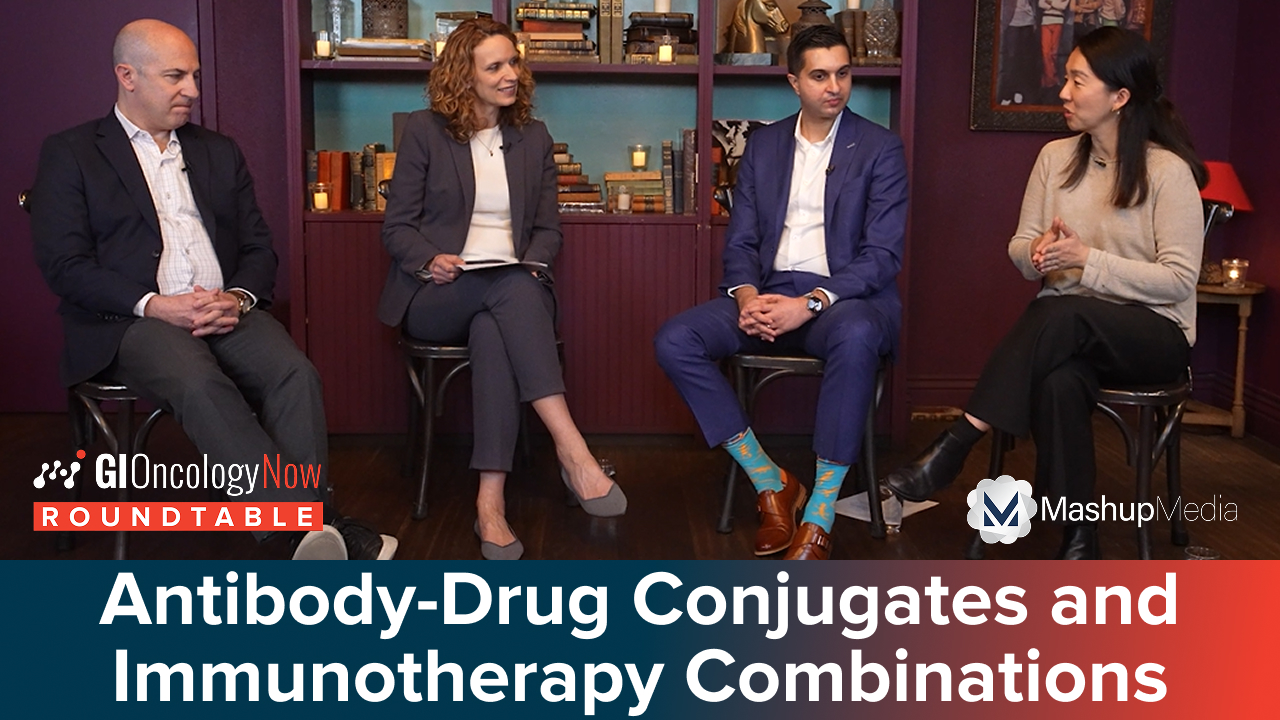
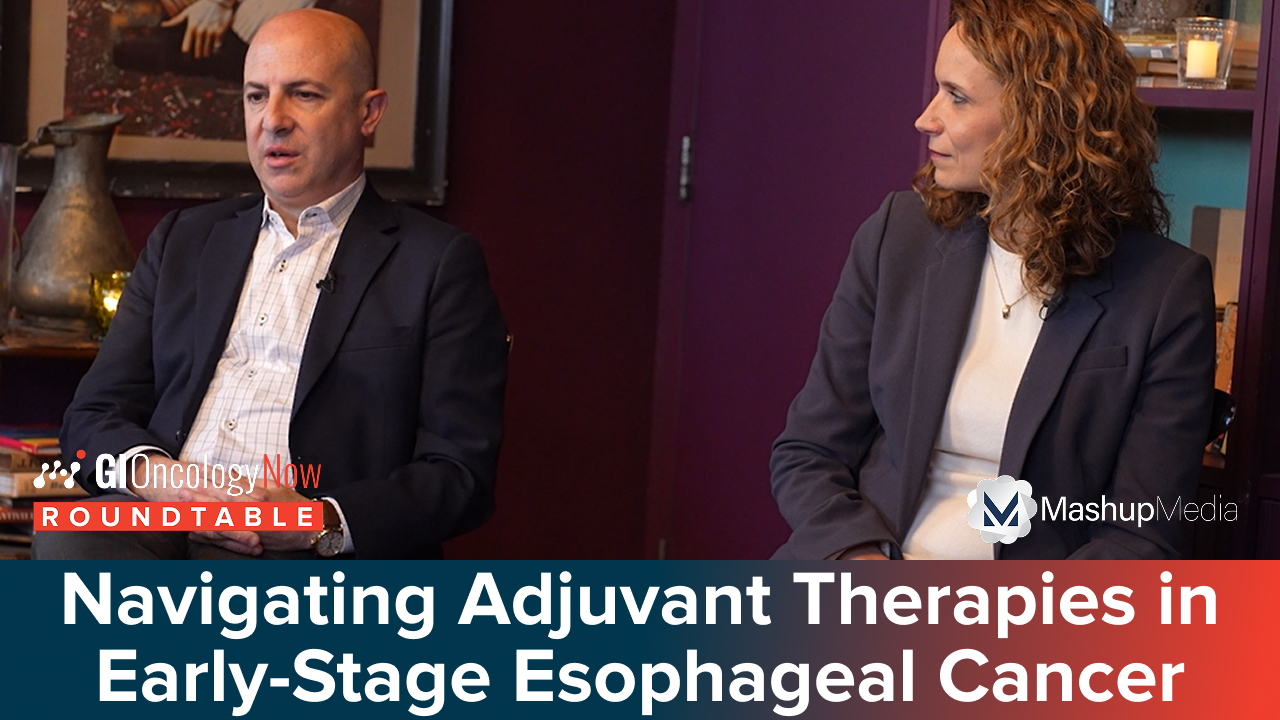
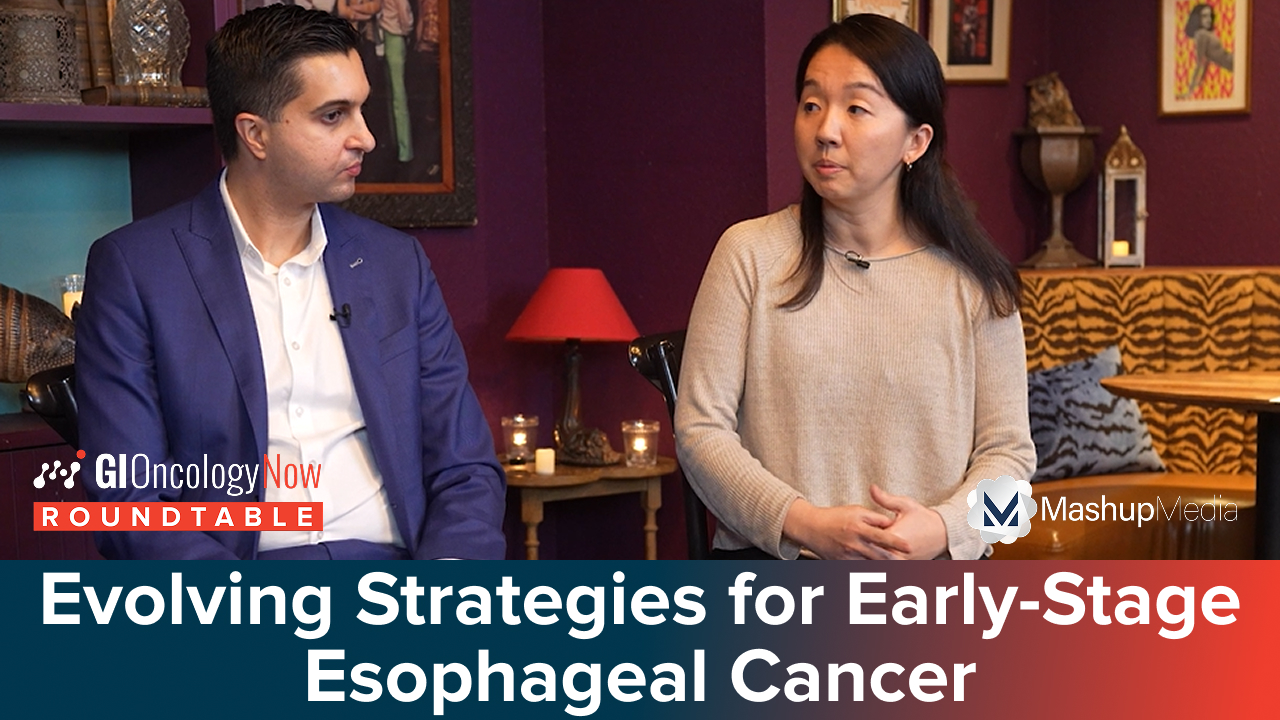
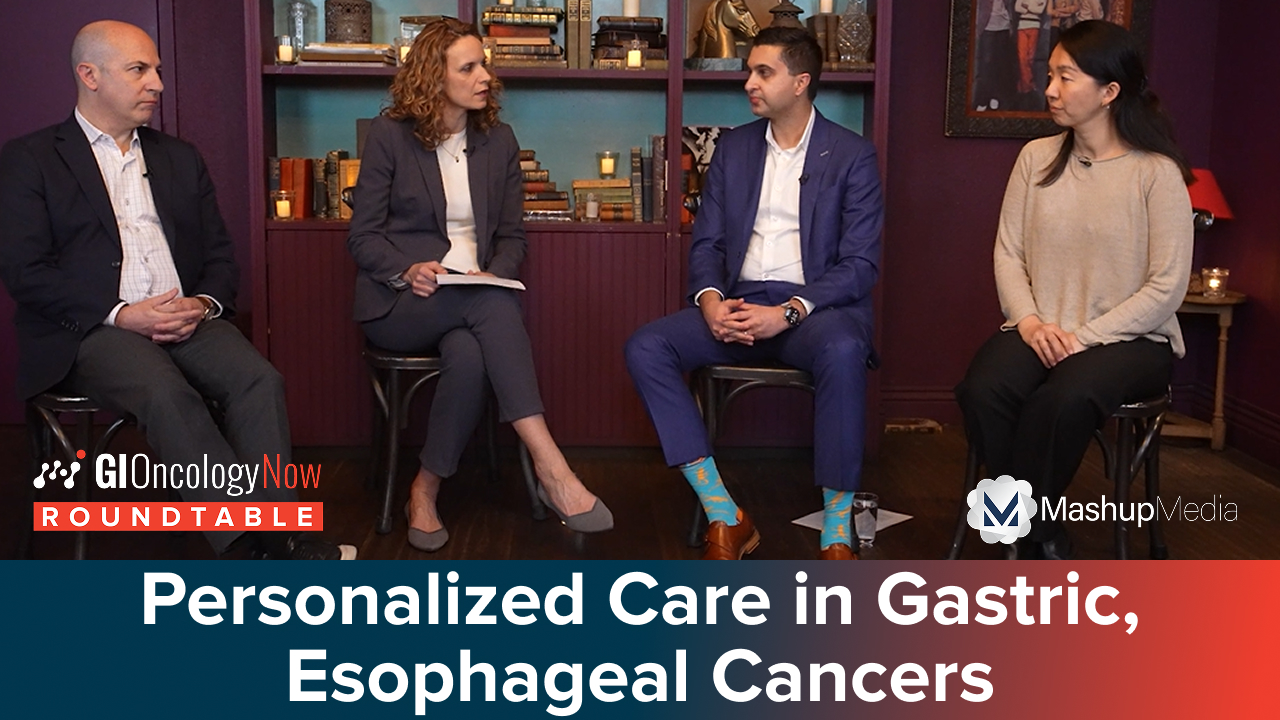
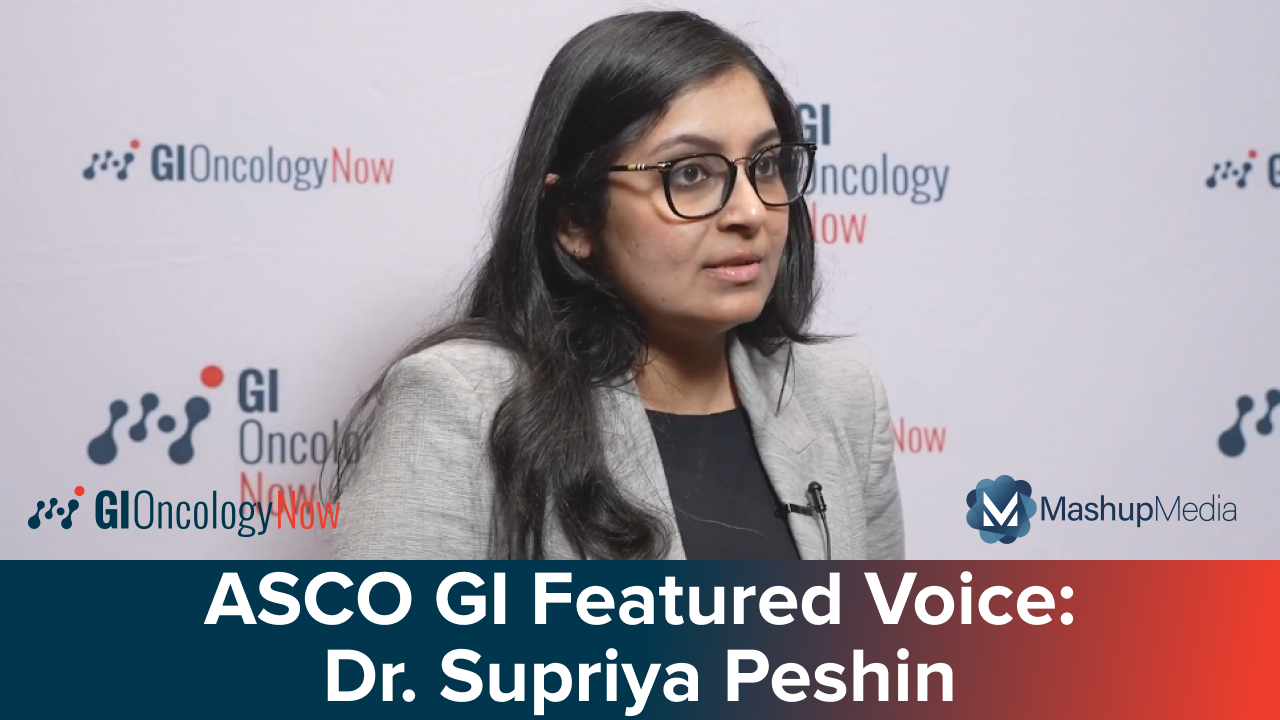

 © 2025 Mashup Media, LLC, a Formedics Property. All Rights Reserved.
© 2025 Mashup Media, LLC, a Formedics Property. All Rights Reserved.